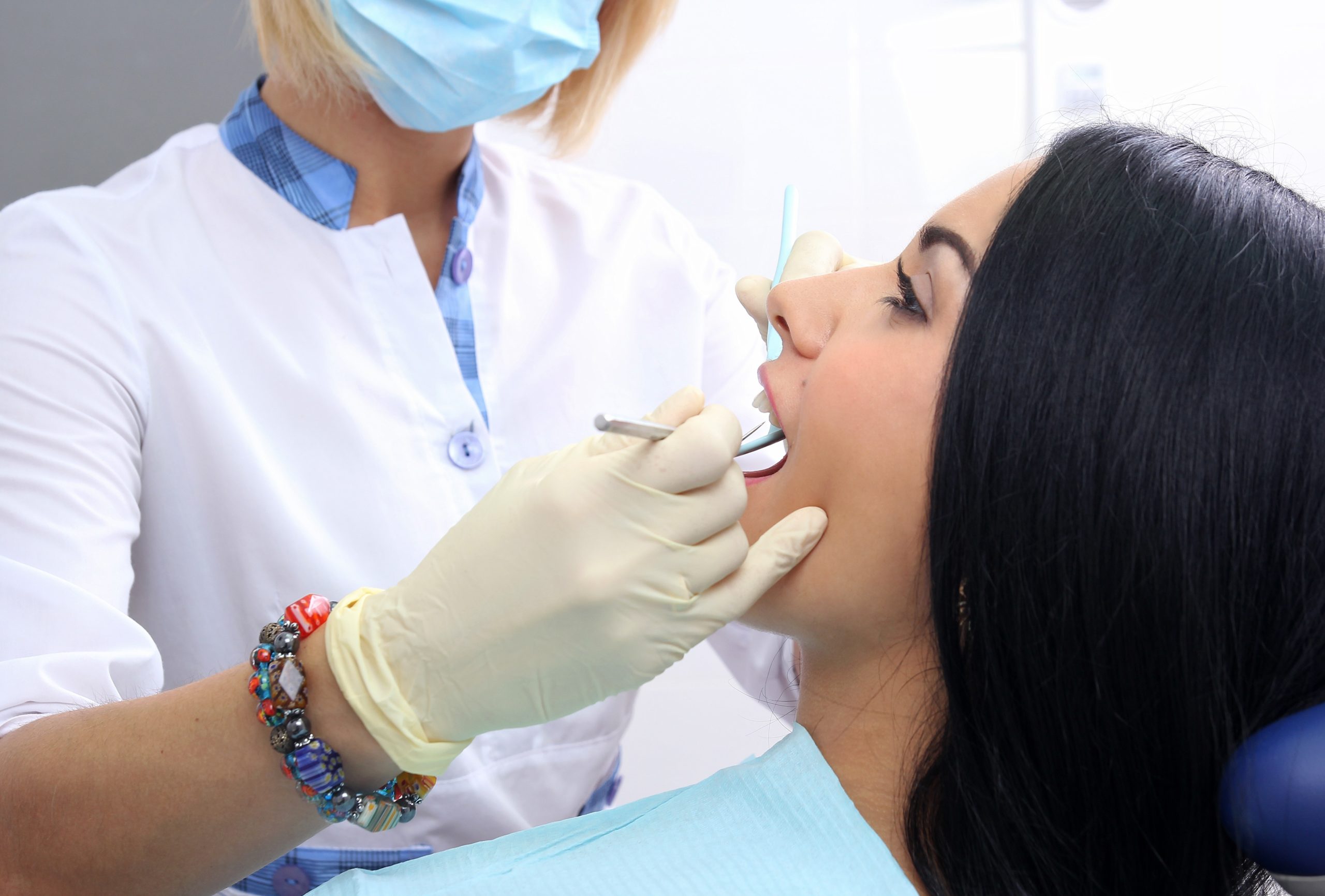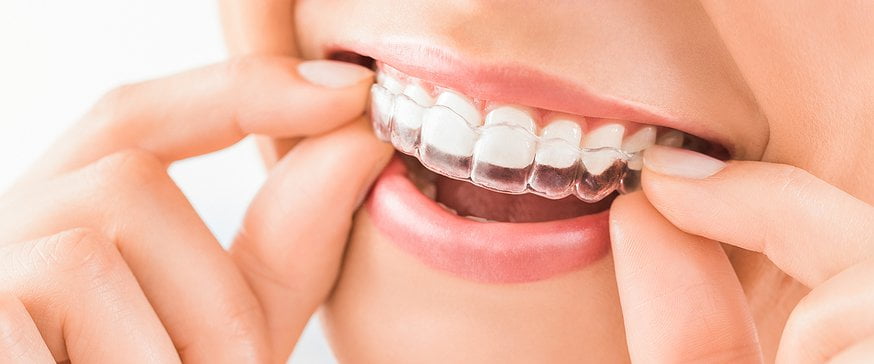Legacy Orthodontics - Truths
An orthodontist is a dental expert trained to diagnose, prevent, and treat teeth and jaw abnormalities. They deal with existing problems and are trained to recognize issues that may develop in the future. Orthodontists deal with people of every ages, from children to grownups. People commonly associate a perfect smile with excellent health.
Malocclusion, or misaligned teeth, can cause dental problems, consisting of dental cavity, gum tissue disease, and difficult or unpleasant eating. Not every person is born with straight teeth. If you have a bad bite or large areas between your teeth, you might want to get in touch with a dentist focusing on orthodontic care.
What Does Legacy Orthodontics Mean?
( Picture Credit Report: DigitalVision/Getty Images) Orthodontists make use of repaired and detachable oral tools, like dental braces, retainers, and bands, to change the position of teeth in your mouth. Orthodontic therapy is for oral abnormalities, consisting of: Uneven teethBite issues, like an overbite or an underbiteCrowded teeth or teeth that are too much apartJaw misalignmentThe objective of orthodontic treatment is to enhance your bite.
A healthy and balanced bite ensures you can eat, eat, and talk appropriately. While you could believe of orthodontists as mainly for children or teens who require braces, they can fix oral issues at any type of age. Orthodontists attend college, dental institution, and orthodontic institution. After college graduation, they invest 2 or 3 years in an orthodontic residency program.
All orthodontists are dental practitioners, yet not all dentists are orthodontists. Orthodontic residency programs offer intensive, focused instruction for dental experts. They focus on two areas: How to correctly and safely move teeth Exactly how to appropriately direct growth in the teeth, jaw, and faceOnce an orthodontist has actually completed training, they have the alternative to come to be board licensed.
Excitement About Legacy Orthodontics
Imbalance, or malocclusion, is the most typical reason people see an orthodontist. It is hereditary and is the result of dimension differences between the upper and reduced jaw or between the jaw and teeth. Malocclusion results in tooth congestion, an irregular jaw, or irregular bite patterns. Malocclusion is typically treated with: Your orthodontist affixes metal, ceramic, or plastic square bonds to your teeth.
Some individuals require a headgear to help relocate teeth into line with stress from outside the mouth. A retainer is a personalized tool that keeps your teeth in area.
They can develop added area in visit the mouth without having to pull teeth. Orthodontists utilize cords, surgical screws, or plates to sustain your jaw bone.
You may need to see an orthodontist if you have: Crowding or otherwise enough space for all of your teethOverbite, when your top teeth come over your bottom teethUnderbite, when your bottom teeth are too far forwardSpacing or problems with gapsCrossbite, which is when your top teeth fit behind your base teeth when your mouth is closedOpen bite or an upright gap between your front bottom and upper teethMisplaced midline, when the center of your bottom and upper teeth don't line up Remedying an oral malocclusion can: Make attacking, chewing, and talking easierImprove the balance of our face and your total appearanceEase discomfort from temporomandibular joint problemsDifferent your teeth and make them easier to clean up, helping avoid dental cavity or cavities It's typically a dental professional who first notices misaligned teeth during a routine test.
Legacy Orthodontics Things To Know Before You Buy

Throughout your very first orthodontic examination, you'll likely have: A dental examPhotos taken of your face and smileDental X-raysPanoramic (360 level) X-rays of your face and headImpressions to create mold and mildews of your teethThese examinations will assist your orthodontist recognize just how to continue with your therapy. braces. An orthodontist is a dental professional who's had training to treat your teeth and jaw
An orthodontist is concentrated on your bite, so something like a chipped tooth would be taken care of by a dental professional. Orthodontists are concentrated on your bite, or the method your teeth fit together, and the straightness of your teeth.
Ever before wondered exactly how celebrities constantly seem to have perfectly aligned teeth? The solution commonly hinges on the skilled hands of an orthodontist. But just what does an orthodontist do? Orthodontists are oral professionals who concentrate on remedying irregularities in the teeth and jaws. Their proficiency surpasses just producing an attractive smile; it includes improving your overall dental health and feature.
Getting My Legacy Orthodontics To Work

While dental braces are the most commonly acknowledged orthodontic therapy, orthodontists have a varied toolkit at their disposal. The specific method selected depends on the seriousness of the situation, the individual's age, and specific choices. These tried-and-true dental braces utilize a system of brackets adhered to the teeth and connected by wires.
Clear aligners, like Invisalign, are a popular alternative for clients seeking an extra very discreet treatment option. These removable trays are custom-made to progressively shift the teeth's position. Headwear might be utilized combined with braces or aligners to use additional targeted pressures, specifically for fixing jaw disparities. In instances of slim jaws, palatal expanders can be made use of to produce space for proper tooth positioning.
Comments on “More About Legacy Orthodontics”